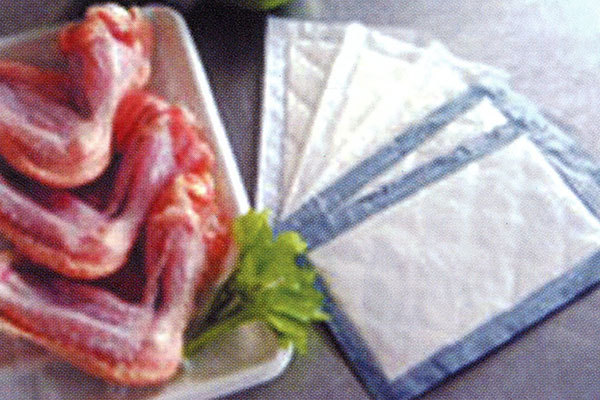What is the product classification of oil-water separation cloth?
Release time:
2023-12-14
What is the product classification of oil-water separation cloth?
1. Pneumatic machine
Compressed oil-water separation cloth preliminarily purifies compressed air by separating impurities such as condensed water and oil in the compressed air, generally using 0.1Mpa to 2.5Mpa.
Working principle of compressed air oil-water separation cloth:

After compressed air enters the oil-water separator, there will be a sharp change in flow rate and speed, relying on inertia to separate oil and water droplets with a density greater than that of compressed air. The common ones are collision type oil-water separators and annular rotary oil-water separators. After compressed air enters the oil-water separator housing from the inlet, the airflow is first blocked by the partition and flows back down, then rises again, producing a circular rotation. In this way, water droplets and oil droplets will act on centrifugal and inertial forces, separate from air, and sink to the bottom of the shell. Another oil-water separation system uses stainless steel wire mesh adhesive filler inside, and the shell adopts a steel welded tank structure, with a general pressure range of 0.1Mpa to 2.5Mpa. The principle is to use the organic combination of cyclone and stainless steel wire mesh to capture mist, while adopting mechanisms such as direct interception, inertial collision, Brownian diffusion, and condensation, effectively removing dust, water, and oil mist from compressed air, removing water and excess oil, and adapting to the working conditions.
After compressed air and other gases containing oil and water enter the oil-water separator, large water droplets fall into the bottom of the oil-water separator under the action of gravity. Misty small water droplets condense on the silk screen and fall into the bottom of the oil-water separator. The clamped liquid is separated, and the separated liquid flows into the lower part. The valve is manually opened to discharge, or an air drainage valve is installed at the lower part to discharge the body.
2. Ship use
The Maritime Environment Protection Committee under the International Maritime Organization was established by the IMO on July 18, 2003. Resolution MEPC.107 (49) was passed. This resolution proposes new requirements for the YWC type 15ppm bilge oil-water separator in Annex I of MARPOL 73/78 Anti Pollution Convention. Through this ship's oil-water separator, various fuel oils, high-density residues, iron oxides, surfactants, and other emulsion mixtures on board the ship can be effectively treated.
3. For automotive use
According to the National Standard 3, vehicles equipped with high-pressure common rail engines also have high requirements for diesel quality. The high-pressure nozzle needs to control the injection pressure, injection time, and injection amount, so the production is also very exquisite. If there is no filtered water or impurities in the diesel fuel, the plunger doll of the nozzle will wear out and be injured until the fuel injector dies. The smoke and other faults of the oil-water separation cloth can affect the normal operation of the vehicle.
As the first stage of a multi-stage filtration system, the fuel coarse filter has the function of filtering large particle impurities and moisture.
In order to ensure that the engine can drink clean and good diesel fuel, adding a set of oil-water separators is the simplest and most practical method for secondary processing of substandard oil.
Related News
2022-11-28



